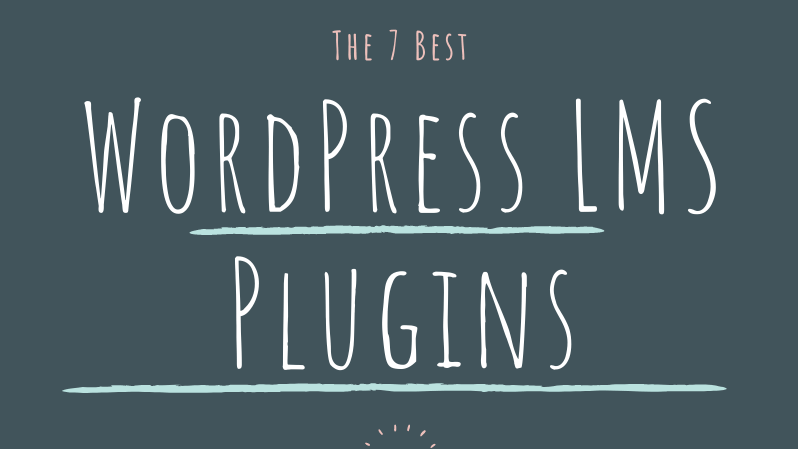The online learning industry is booming and with good reason. You can learn practically any skill from the comfort of your own home. This means you can learn on your own time and fit classes into your schedule.
But aside from learning new skills and mastering various topics, there’s another reason why the online industry is so popular. If you’re knowledgeable about something, you can create a course about it and sell it online.
In other words, creating an online course allows you to create a revenue stream that can boost your income. In some cases, it can even replace your full-time income from your day job.
There are many websites out there that will let you upload your course and sell it online. They’re appealing because they already have an established market base. But the problem with these sites is that they take a cut of your sales. As such, the best option is to host the course on your WordPress website.
While this may seem daunting, in reality, all you need is a robust WordPress LMS plugin. LMS stands for Learning Management System and with an LMS plugin, you can create lessons, upload course materials, add quizzes, and even award your students with certificates of completion.
In this post, we’ll share what you need to look for in a WordPress LMS plugin as well as share the 7 best WordPress LMS plugins to help you build the best online course. We’ll also help you decide which of those plugins is the best choice for you.
Table of Contents:
What To Look For In A WordPress LMS Plugin
LearnDash
LearnPress
AccessAlly
LifterLMS
Sensei LMS
Tutor LMS
MasterStudy LMS
What About SCORM and xAPI Compliance?
Which WordPress LMS Plugin Is Right For You?
Final Thoughts
What To Look For In A WordPress LMS Plugin
-
Before we dive into the top WordPress LMS plugins, let’s take a look at the essential features your LMS plugin should have.
- Course creation — naturally, the most important feature a WordPress LMS plugin should have is the ability to add your course content. Ideally, it should support the ability to add audio and video. PDF files, and more.
- Content dripping — this feature allows you to release the contents of your course over some time. Great if you want to release a course before you’re done building it. This allows you to gauge the interest in your course as well as get feedback from your students as you’re building the course.
- Student management — it’s essential that your WordPress LMS plugin makes it easy to see how many students have enrolled in your courses as well as manage their course access, payments, and more.
Quizzes, tests, and incentives — features such as these will help your students test their knowledge. They will also help you understand how effective your course is. In addition to that, incentives such as badges or certificates of completion can serve as great motivation for your students to finish and implement the course. - Course progress — make it easy for your students to know how far they’ve come in the course and how many lessons are left.
- Homework options — if you need to grade your students, this feature will help you assign homework and grade it with ease. This feature is great if you’re using an LMS plugin for an educational facility.
- Support for various payment gateways — it’s important that your plugin integrates with a reliable payment gateway. This will make it easier for you to accept a variety of payment methods which can increase your conversion rate when it comes to course sales.
- Integration with forum or community plugins — with this feature, you can provide your students with a community where they can engage in a discussion. This can boost student engagement and you can even have regular “office hours” to provide extra support to your students.
- Integration with a page builder plugin — most LMS plugins will work with any WordPress theme. However, it’s a plus if they integrate with a page builder plugin as this gives you greater flexibility in building out your course area without having to change your themes.
- Integration with popular e-learning authoring tools like Storyline, Rise, Captivate & more — most LMS plugins do not support uploading content from authoring tools. You’ll need to use a plugin like elearningfreak to upload your published SCORM and xAPI content to WordPress.
Now that we’ve covered the most important features, let’s take a look at the best WordPress LMS plugins on the market.






